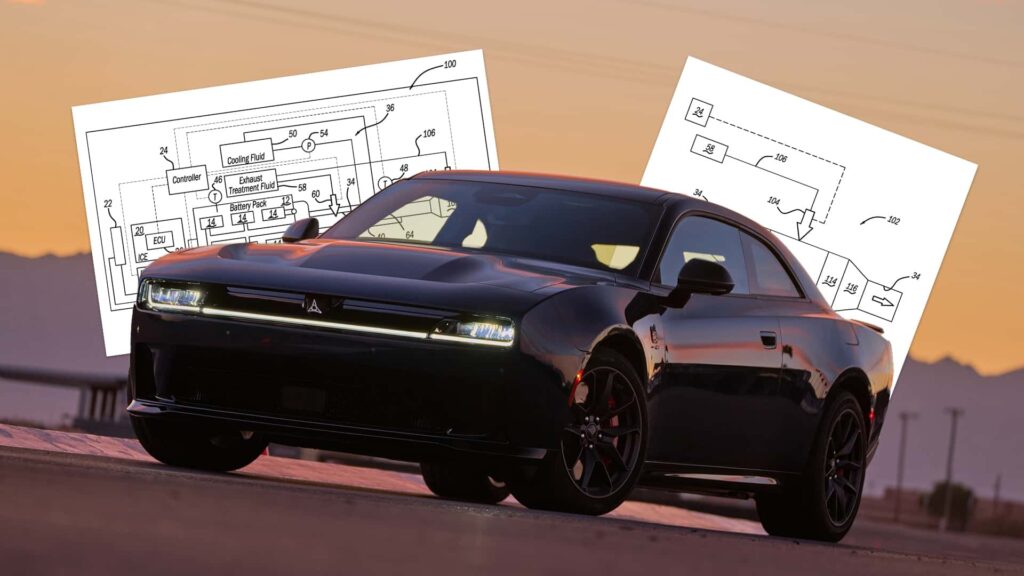Electric vehicles have been a revolutionary development in the automotive industry, with their eco-friendly and efficient design. However, one aspect that has always been a challenge for electric cars is the risk of battery fires. Stellantis, a leading automaker, has come up with a unique solution to address this issue by introducing an innovative concept – an “EV exhaust system.”
Traditionally, an exhaust system in a vehicle is used to expel harmful emissions and gases produced during the combustion process in internal combustion engines. However, in the case of electric vehicles, there is no combustion engine, so the concept of an exhaust system may seem perplexing at first glance. Stellantis, however, has reimagined the purpose of an exhaust system in an EV to focus on enhancing safety rather than emissions.
In a recent patent published by the United States Patent and Trademark Office, Stellantis has introduced an EV exhaust system designed to mitigate the risk of battery fires in electric vehicles. The system works by venting potentially hazardous gases that may be released during a battery overheating event, such as thermal runaway. These gases, which can include hydrogen, methane, acetylene, and propane, are diverted outside the battery pack to prevent a catastrophic combustion within the vehicle.
What sets Stellantis’ solution apart is its incorporation of multiple “treatment zones” within the exhaust system to chemically scrub the expelled gases before releasing them into the atmosphere. This innovative approach aims to eliminate the risk of spontaneous combustion and enhance the overall safety of electric vehicles.
While modern EVs are equipped with advanced safety features and monitoring systems to prevent battery fires, Stellantis’s EV exhaust system serves as an additional layer of protection. By proactively addressing the potential risks associated with thermal runaway and battery failures, Stellantis is setting a new standard for EV safety.
Stellantis is not the only company exploring unconventional methods to enhance EV safety. Bosch, for instance, has proposed using controlled explosions to physically disconnect an EV battery in the event of a crash. These innovative solutions highlight the industry’s commitment to ensuring the safety and reliability of electric vehicles.
In conclusion, the concept of an EV exhaust system may seem unconventional, but its potential impact on enhancing EV safety cannot be understated. By addressing the inherent risks associated with battery fires, Stellantis’s innovative approach could set a new precedent for the industry. As electric vehicles continue to gain popularity, innovations like the EV exhaust system will play a crucial role in ensuring the continued growth and adoption of sustainable transportation technologies.

